Transform Your Space with Stylish Sound Absorbing Panels: A Comprehensive Guide
In today's fast-paced world, the importance of acoustics in our living and working spaces cannot be overstated. Research indicates that noise pollution can lead to significant stress and decreased productivity, making sound management essential. A report by the World Health Organization highlights that around 40% of people living in urban areas are exposed to harmful noise levels, which can adversely affect their health and well-being. One effective solution to combat this issue is the use of sound absorbing panels. These innovative products not only enhance the aesthetic appeal of a space but also play a critical role in reducing reverberation and improving overall sound quality. According to a study published in the Journal of Environmental Psychology, environments renovated with sound absorbing panels can increase concentration levels by up to 25%. This comprehensive guide aims to explore the transformative power of sound absorbing panels, offering insights into their benefits, installation techniques, and styling tips for various environments.
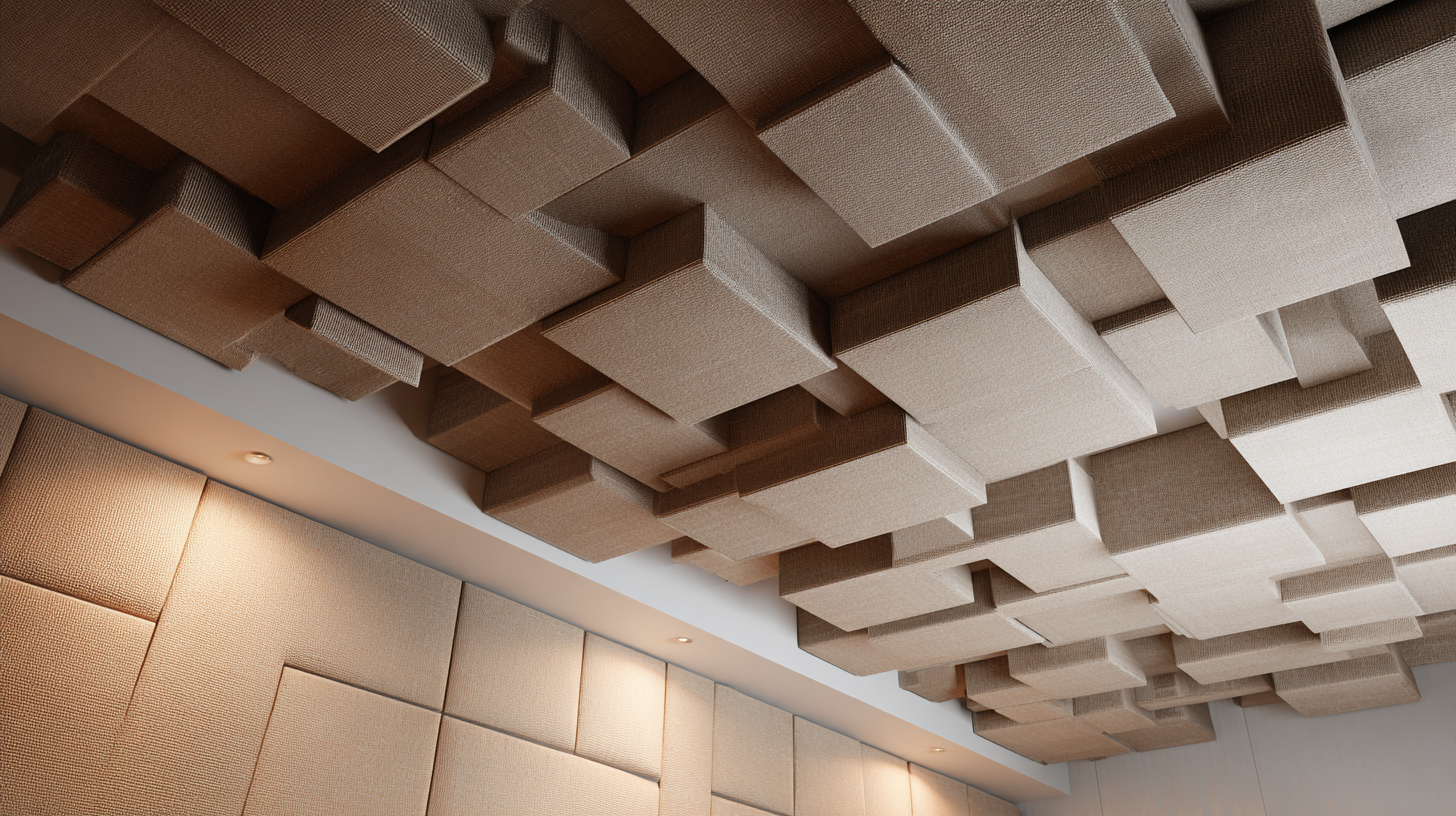
Understanding the Importance of Sound Absorption in Interior Design
Incorporating sound-absorbing panels into interior design is not merely an aesthetic choice; it plays a crucial role in enhancing the acoustic quality of a space. Research by the Acoustical Society of America indicates that excessive noise can lead to stress, reduced productivity, and impaired communication in environments such as offices and schools. By utilizing sound-absorbing materials, designers can effectively reduce noise levels, contributing to a more pleasant and functional atmosphere. For instance, studies suggest that spaces with sound-absorbing features can experience a reduction in average noise levels by 5-10 decibels, which is significant enough to enhance overall comfort and clarity in communication.

Moreover, the significance of sound absorption extends beyond mere comfort; it also influences the health and well-being of occupants. According to a report by the World Health Organization, prolonged exposure to high noise levels can lead to various health issues, including sleep disturbances and cardiovascular problems. By integrating stylish sound-absorbing panels into their designs, interior designers not only elevate the visual appeal of a space but also promote a healthier living or working environment. This proactive approach to acoustic design aligns with the growing trend of prioritizing well-being in modern interior spaces, making sound absorption an essential element in contemporary interior design practices.
Top 5 Materials for Effective Sound Absorbing Panels: Performance Comparison
When it comes to creating an acoustically friendly environment, the choice of materials for sound-absorbing panels is crucial. Here, we will explore the top five materials renowned for their effectiveness in mitigating noise.
Starting with fiberglass, this lightweight and versatile option is known for its impressive sound absorption coefficients, making it ideal for both commercial and residential applications. Its ease of installation and the ability to be molded into various shapes further enhance its appeal.
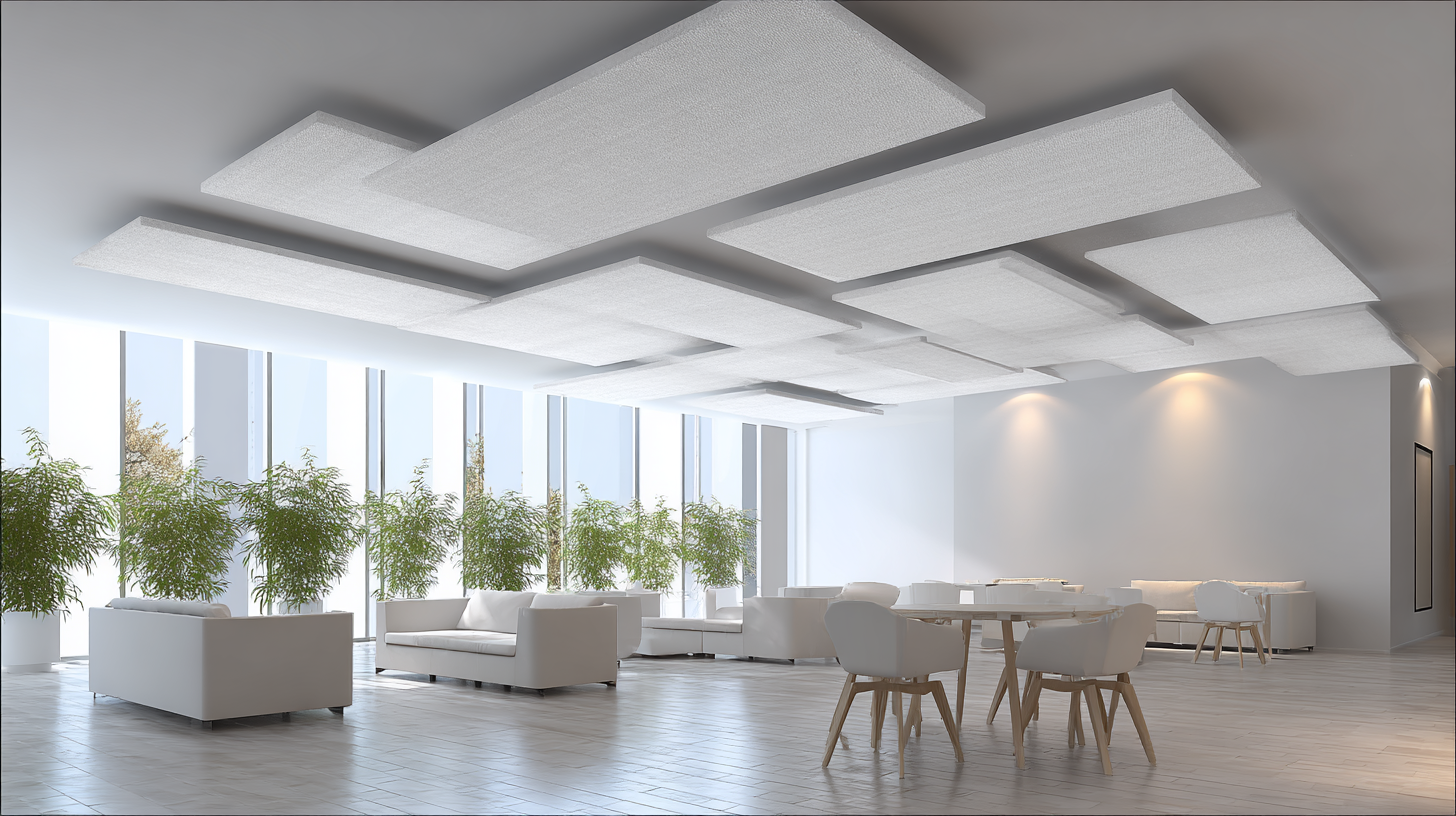
Another prominent material is acoustic foam. Available in various thicknesses and designs, foam panels are excellent at diffusing sound waves and minimizing echoes. They are commonly used in recording studios and home theaters.
Moving on to fabric-wrapped panels, these not only perform exceptionally well in sound absorption but also add a decorative touch to any space. By enclosing a sound-absorbing core with attractive fabric, they combine functionality with aesthetics.
Additionally, wood panels can provide a unique balance of sound control and style, particularly in modern designs. Lastly, stone wool offers both soundproofing and thermal insulation benefits, making it an efficient choice for high-performance settings. Each of these materials has distinct characteristics, allowing homeowners and designers to select the best option based on their acoustic needs and design vision.
How to Choose the Right Size and Shape of Panels for Your Space
When selecting sound-absorbing panels for your space, one of the most crucial factors is the size and shape of the panels. The ideal dimensions largely depend on the room’s layout, the existing furnishings, and the specific acoustic issues you wish to address. Larger panels can cover more surface area and may be suitable for bigger rooms, while smaller panels can be effective in personal or intimate spaces, ensuring a tailored acoustic experience.
**Tips:** Consider the height and width of the walls in your space. For taller ceilings, using elongated panels can draw the eye upward and enhance the room's aesthetics. Conversely, if you have lower ceilings, opting for shorter, wider panels can help maintain an inviting atmosphere while still managing sound.
The shape of the panels also plays a significant role. Rectangular panels are typically the most versatile; however, experimenting with hexagonal or circular designs can add unique visual interest and improve acoustics through varied sound diffusion. Always keep in mind the overall design of your space—balancing functionality with style will yield the best results.
**Tips:** Before purchasing, test out different shapes using cut-outs or paper templates to visualize how they will look on your walls. This can provide a better sense of proportion and help you make a more informed decision.
Sound Absorption Coefficients of Various Materials
Creative Ways to Integrate Sound Absorbing Panels into Your Decor
Integrating sound-absorbing panels into your decor can transform any space into a stylish and acoustically balanced environment. One creative approach is to use panels made from sustainable materials, such as mycelium-bound composites derived from agro-industrial waste. These innovative solutions not only enhance sound absorption but also contribute to eco-friendly practices in interior design. By leveraging the natural properties of mycelium, designers can create unique surfaces that blend aesthetics with functionality.
Another exciting method is the use of colorful acoustic panels, which can liven up interiors while effectively controlling noise levels. These vibrant designs allow for playful expression and can seamlessly integrate into various stylistic themes. For instance, incorporating panels clad in sustainable wool can provide a visually appealing texture while promoting a serene acoustic atmosphere. Embracing these creative ideas can lead to enhanced comfort and a visually stunning environment in any home or office setting.
Transform Your Space with Stylish Sound Absorbing Panels
| Room Type | Panel Material | Design Style | Absorption Coefficient (α) | Color Options |
|---|---|---|---|---|
| Living Room | Fabric | Modern | 0.80 | Gray, Blue, Beige |
| Office | Wood | Contemporary | 0.70 | Natural, Espresso |
| Bedroom | Foam | Minimalist | 0.85 | White, Soft Pink |
| Home Theater | Acoustic Panels | Theatrical | 0.95 | Black, Red |
| Kitchen | Glass | Industrial | 0.60 | Clear, Frosted |
Installation Tips: Maximizing Acoustic Benefits While Enhancing Aesthetics
When it comes to installing sound-absorbing panels, achieving a balance between acoustic benefits and aesthetic appeal is crucial. Start by carefully selecting the right location for your panels. Consider areas with high noise levels, such as home theaters or office spaces, and position the panels at first reflection points—these are the spots on walls or ceilings where sound reflects before reaching your ears. This strategic placement will optimize sound quality while minimizing visual disruption.
Next, think about the design and color of your panels. Modern acoustic panels come in a variety of styles and finishes, allowing you to choose options that complement your decor. You can mix and match colors or use patterned fabrics to create an eye-catching focal point in the room. For a seamless look, consider custom-made panels that match your walls or furniture. By integrating these sound-absorbing solutions into your interior design, you can effectively enhance both the auditory experience and the overall aesthetic of your space.
Related Posts
-

Exploring the Impact of Sound Absorbing Panels at the 138th Canton Fair 2025: Industry Insights and Trends
-
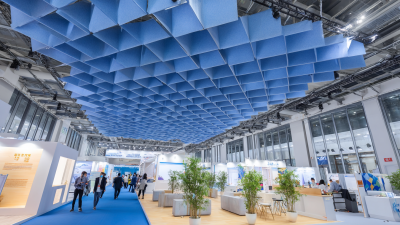
Exploring Market Trends: Sound Absorbing Panels at the 138th Canton Fair 2025 with Key Industry Insights
-
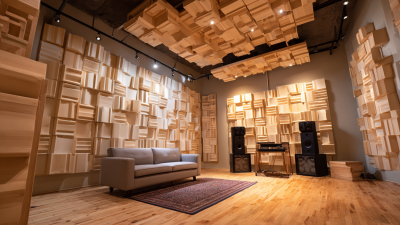
7 Best Sound Absorbing Panels for Ultimate Acoustic Comfort
-
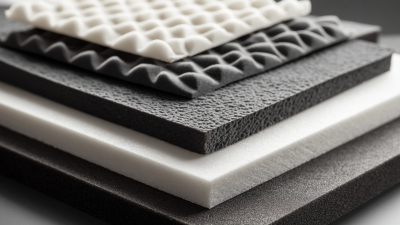
Unlocking Acoustic Perfection: Why Soundproof Foam is Your Best Investment for Noise Reduction
-
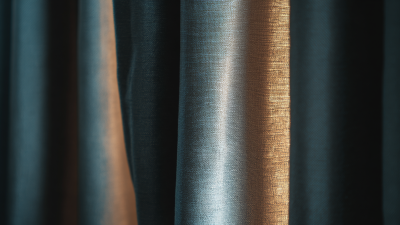
What is Sound Dampening Curtains and How They Reduce Noise Levels by up to 70 Percent
-
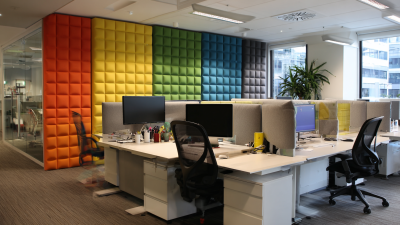
10 Proven Ways Acoustic Sound Panels Improve Office Productivity by 30% or More